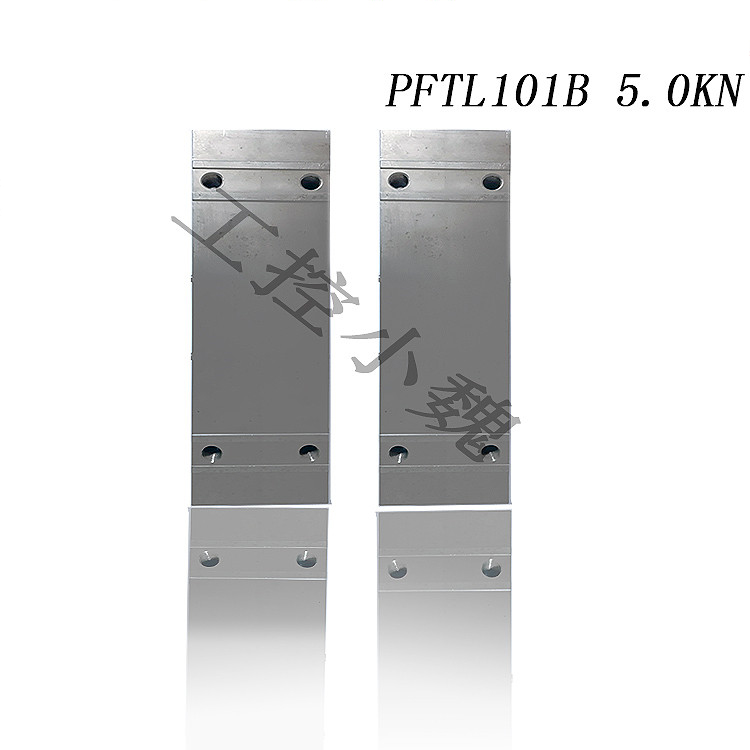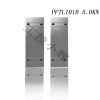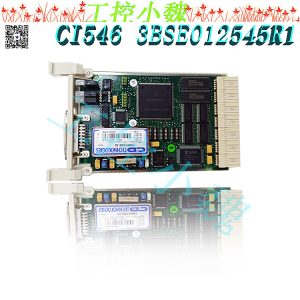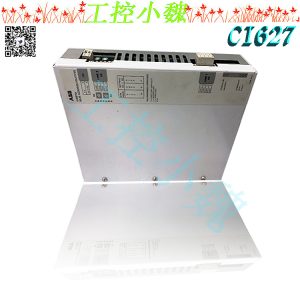Description
Many products have not been listed yet. For more products, please contact us
If the product model is inconsistent with the displayed image, the model shall prevail. Please contact us for specific product images, and we will arrange for photos to be taken and confirmed in the warehouse
We have 16 shared warehouses worldwide, so sometimes it may take several hours to accurately return to you. We apologize for any inconvenience caused. Of course, we will respond to your concerns as soon as possible.
PFBL141B-75KN Other names:
Tensiometer PFBL141B-75KN
PFBL141B-75KN tension spare parts
Pillow type sensor PFBL141B-75KN
The tension sensor PFBL141B-75KN is an instrument used to measure the tension value of coil materials. It uses sensors such as strain gauges, resistors, or piezoelectric materials to sense the tension or pressure on an object and convert it into an electrical signal output. Common tension sensors include resistance type, strain gauge type, and piezoelectric type..jpg)
PFBL141B-75KN resistive tension sensor calculates the force magnitude by measuring the change in resistance value; The strain gauge type tension sensor uses the change in resistance value of the strain gauge after being subjected to force to calculate the magnitude of the force; The piezoelectric tension sensor calculates the magnitude of the force by measuring the change in charge inside the shell.
The PFBL141B-75KN tension sensor is widely used in various situations that require tension measurement, such as pharmaceuticals, paper mills, steel mills, foil production plants, cable laying, and sawmills. During the processing in the factory, the tension sensor can be used to weigh the stirring container for processing the corresponding prescription. In addition, tension sensors can also be used to detect the output torque and power of rotating power equipment such as generators, electric motors, and internal combustion engines, as well as to detect the load torque and input power of equipment such as reducers, fans, pumps, mixers, winches, propellers, and excavators..jpg)
There are various structural types of PFBL141B-75KN tension sensors, such as shaft type, through shaft type, and cantilever type. These different types of tension sensors can be selected and used according to specific application requirements.
Working principle: The working principle of PFBL141B-75KN tension sensor is mainly based on the elastic deformation of elastic body (sensitive beam) under external force. When the elastic body undergoes deformation, the resistance value of the resistance strain gauge (transducer) attached to its surface will also change (increase or decrease). The change in resistance is then converted into an electrical signal (voltage or current) by the corresponding measurement circuit, thereby achieving the measurement of external forces.
When using the PFBL141B-75KN tension sensor, calibration and debugging are required to ensure the accuracy and reliability of the measurement results. The specific debugging methods include determining the sensitivity and range of the sensor, zeroing the sensor, calibrating it, and compensating for nonlinear errors.
The use of PFBL141B-75KN tension sensor mainly includes the following steps and precautions:
Choose the appropriate range: First, you need to choose the appropriate range according to your actual needs. Range refers to the maximum tension value that the sensor can measure. Choosing the appropriate range is the key to ensuring measurement accuracy and stability. If the range selection is too large, it will lead to a decrease in measurement accuracy; If the range selection is too small, it may overload the sensor and cause damage.
Correct installation of PFBL141B-75KN sensor:
The installation method of PFBL141B-75KN tension sensor should be determined based on the environment and usage requirements of the application equipment. For example, seat type tension sensors can be installed horizontally or on walls, axial tension detectors can be installed on machine brackets or fixed on the bottom plate, and cantilever type tension sensors can be directly installed on equipment mounting plates or walls.
During installation, it is important to ensure that the connection between the sensor and the object being tested is firm and reliable to avoid loosening or shaking. In addition, it is necessary to choose the appropriate connection method based on the interface type of the sensor, such as threaded connection, flange connection, etc.
Keep the hinge area of the sensor and the air outlet of the load interface clean and lubricated to prevent rusting and blockage of the interface.
Adjusting the appropriate zero point: Before using a tension sensor, it is necessary to adjust the zero point of the sensor. Zero adjustment is the process of making the output signal of the sensor zero in a tension free state. If there is dirt or debris on the surface of the sensor, it should be cleaned in a timely manner to ensure the accuracy and stability of the measurement.
Perform calibration:
Before debugging the PFBL141B-75KN sensor, it is necessary to first determine its rated range, including the minimum measurement range, maximum measurement range, accuracy and other parameters.
Connect the PFBL141B-75KN sensor and adjust the amplification factor to accurately read and process the output signal.
Perform zero point calibration to eliminate errors. The specific operation methods vary depending on the type of sensor, usually including mechanical calibration method and electronic zero adjustment method.
Perform sensitivity calibration to improve measurement accuracy. The specific operation methods also vary depending on the type of sensor, usually including proportional adjustment method and analog calibration method.
Verify the debugging results and record them: After completing the above steps, it is necessary to verify the measurement accuracy of the sensor and record the debugging results for future reference.
Wiring method: Firstly, it is necessary to determine the position of the positive power supply, negative power supply, positive feedback, negative feedback, positive signal, and negative signal of the sensor interface on the display. Then, based on the two sets of wires with the lowest resistance of the sensor, which are positive power supply and positive feedback, connect the display and load the sensor with negative power supply and negative feedback. Finally, measure the voltage value (millivolts) of the other two lines, and the signal is negative. According to the origin of the sensor, it can be determined by the color of the lead wire, but domestic manufacturers generally use red as the positive pole of the power supply, black as the negative pole of the power supply, green as the positive pole of the signal, and white as the negative pole of the signal.
Attention to error control: The PFBL141B-75KN sensor may produce varying degrees of error during measurement due to other factors such as temperature and humidity. This requires specialized calibration for error correction.
Professional maintenance: The use and maintenance of PFBL141B-75KN sensors require a certain level of technical proficiency. Therefore, professional personnel must be responsible when using or maintaining sensors. This professional not only needs to understand its working principle and wiring method, but also needs to know how to maintain the optimal state of the sensor..jpg)
Overall, tension sensors are an important measuring tool that plays an important role in various industrial fields, providing precise measurement and control methods for production and processing processes.
All products on this website are special products, and market prices have been fluctuating,
The specific customer service quotation shall prevail, as the product is a new product and the price is not genuine,
Please confirm the model, product, price, and other detailed information with customer service before placing an order. The website has been used,
The new one is for sale, please contact customer service to communicate.
Model recommendation:
PFEA111-20 Tension controller
PFEA111-20 3BSE050090R20
PFEA111-65 3BSE028140R0065
PFEA111-65 Tension controller
PFEA112-20 Tension controller
PFEA112-20 3BSE030369R0020
PFEA112-20 3BSE050091R20
PFEA112-20 3BSE050091R20 3BSE030369R0020
PFEA112-65 Tension controller
PFEA112-65 3BSE030369R0065
More……


-100x100.jpg)

-100x100.jpg)
-300x300.jpg)
-300x300.jpg)


admin –
e tension sensor PFBL141B-75KN is an instrument used to measure the tension value of coil materials. It uses sensors such as strain gauges, resistors, or piezoelectric materials to sense the tension or pressure on an object and convert it into an electrical signal output. Common tension sensors include resistance type, strain gauge type, and piezoelectric type.